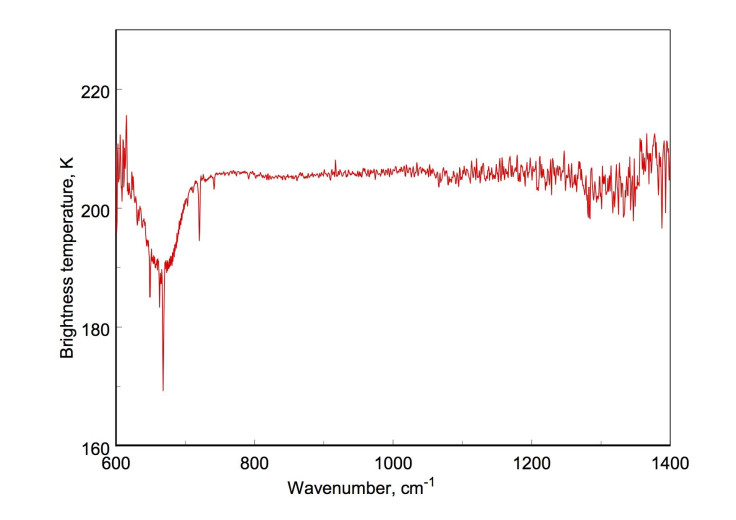ExoMars Update: ESA's Trace Gas Orbiter Completes Science Calibration Tests

The European Space Agency (ESA) announced Thursday that its ExoMars Trace Gas Orbiter (TGO) had completed another important set of science calibration tests. The tests were carried out earlier this month — ahead of the upcoming yearlong aerobreaking orbital maneuvers.
Data gathered during these tests would add to that collected during the two dedicated science orbits conducted late last year.
Read: ExoMars Trace Gas Orbiter Angle Raised
“These dress rehearsals enable our science teams to fine-tune their data acquisition techniques including pointing commands, iron out any software bugs, and get used to working with the data, well in advance of the start of the main mission starting next year,” Håkan Svedhem, ESA’s project scientist, said in a statement. “What we’re seeing so far is really promising for our science goals.”
Among the instruments tested were the high-resolution Colour and Stereo Surface Imaging System, which also snapped several images while pointing at Mars. In addition, ESA scientists also made test measurements of the Martian atmosphere using the TGO’s Atmospheric Chemistry Suite — an instrument that is expected to play a key role in creating a temperature profile of the red planet’s atmosphere.

‘Meanwhile, FREND [Fine Resolution Epithermal Neutron Detector] continued to collect more on the flow of neutrons from the surface,” the ESA said. “Eventually, these data will be used to identify sites where water or ice might be hidden just below the surface.”
The ExoMars spacecraft, launched in March 2016, originally consisted of two parts — the TGO, and the Schiaparelli Entry, Descent and Landing demonstrator module. In October, after a seven-month journey, the TGO successfully inserted itself into an orbit around Mars, but the lander, which was supposed to make a soft landing on the surface, failed to beam back signals that would have shown it had done so successfully.
The main objective of the ExoMars mission is to search for evidence of methane — a gas emitted by living microbes on Earth, and traces of which have been observed by previous Mars missions — and other trace atmospheric gases that could be signatures of active biological or geological processes.
In addition, the TGO would also serve as a data relay for the ExoMars 2020 mission, which would consist of a rover and a surface platform.
“Starting next year, the craft will make its observations from a near-circular 400 km-altitude orbit, circling the planet every two hours,” the ESA said. “It... will use the atmosphere to adjust the orbit gradually by ‘aerobraking’. It will repeatedly surf in and out of the atmosphere at closest approach, pulling down its furthest point over the course of the year.”
© Copyright IBTimes 2024. All rights reserved.






















